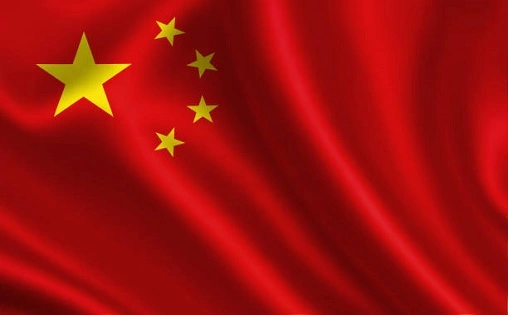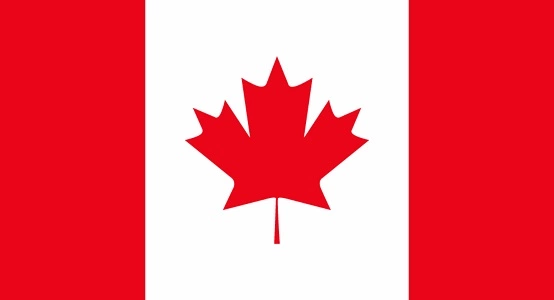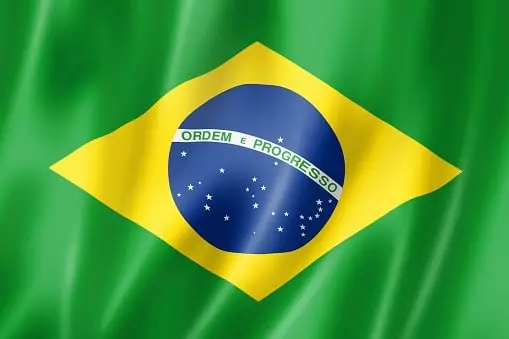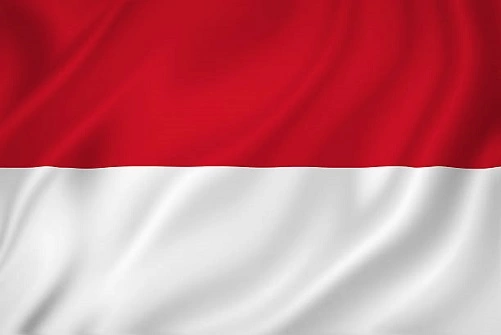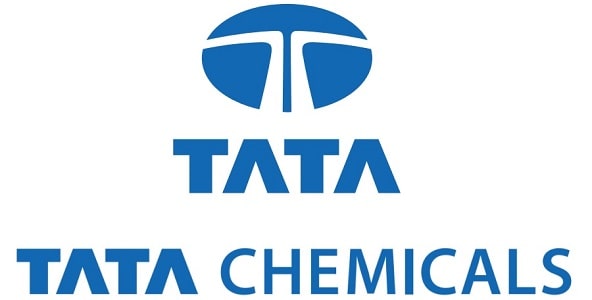One of the most precious chemical elements, Gold is a slightly orange-yellow, bright, malleable, dense, soft, and ductile metal in natural form. Most of the people invest in gold in the form of jewelry, coins, or even raw. It is also used in the production of colored glass, tooth restoration, and gold leafing, as well as infrared shielding.
Few gold salts are used as anti-inflammatories in medicine. Gold is solid under standard conditions while the less reactive chemical elements. However, as of 2020, approximately 201,296 tonnes of gold exists above the ground globally, which is equivalent to a cube, with each side measuring about 21.7 meters. Talking about new gold consumption around the world, 40% in investment, 50% in jewelry, and 10% in the industry are used to consume new gold produced in the world.
Have you ever wondered how much gold is accumulated in the world annually and which countries produce the most? If you are too excited to know about the largest producer of gold in the world, you have come to the right place. Let’s get started with the below information:
Largest Producers of Gold in the World
1. China
China has been on the No. 1 position in the past few years in producing gold. It accounts for 11% of global mine production worldwide. But, the level of gold reserves in China has declined from 383 tonnes to 368.3 tonnes in recent years. The downtrend is mainly due to stringent environmental regulations and policies forced by the Chinese government. As a result, this could lead to the closure of many small mines that were not efficient. However, despite China’s reservation number reducing by 17 percent during 2020 because of the pandemic, this gold production highlighted the rapid growth in Q3 in the year 2021.
According to the World Gold Council, China is the world’s largest consumer of gold jewelry. Gold production in China has enhanced from 320 metric tonnes in the year 2009 to an accounted 375 metric tonnes in 2022.
2. Russia
Russia stands in second place as the world’s largest producer of gold. Russia was still at number two in 2019, beating Australia by digging out 50 tonnes more in the same year than the year before. It has positioned itself as Europe’s leading supplier of gold since 2010. The reason for its production capacity on an annual basis is 331.1 tonnes in reserves. The Russian government has been the most significant local buyer and consumer of gold, bringing around 2/3 of the precious metal. Around 83 percent of European gold comes derived from Russia, which has been enhancing its production every year.
Russian gold miners typically supply their gold wares to commercial and domestic banks. However, the largest quantity of Russia’s gold was sent to the United Kingdom, making it the world’s biggest bullion trading center. According to Comtrade, The United Nation’s Database of International Trade Statistics, Britain supplied around $152.bn worth of Russian gold in recent years.
3. Australia
Regardless being fall down from 2nd place as the 3rd producer of gold in the world, Australia saw a significant increase in gold production in the year 2021. This makes it one of the largest gold-producing nations in the world. In reserves, the country has about 327.8 tonnes of gold. In Australia’s mineral industry, gold is one of the major commodities accounting for more than 8% of the GDP and 50% of the country’s total exports.
Due to the presence of some mining companies like Mount Morgans and Cadia Valley, Australia has had a massive growth in their productivity over the years. In the financial year 2021, about 320 metric tonnes of gold were mined in Australia. The production is estimated to reach 379 metric tonnes by 2023.
4. United States of America
With 190.2 tonnes in reserve, the United has become the world’s fourth largest gold producer nation. Since 2019, gold transport to the United States has fallen below the 200-ton mark, probably due to the pandemic. However, gold supplies from the United States recovered the following year. However, it majorly supplies more gold than it imports. United States gold imports arrived at 545 metric tonnes in the year 2020. It has the largest gold holdings reserves in the world as of September 2021.
The United States of America’s state of Nevada recorded 80% of the total gold production in the year 2021. The country’s net supply of gold was about $9 billion. In 2019, the United States produced 200 tonnes of gold from 12 states, costing about US$8.9 billion, while contributing 6.1 percent of world production, ranking after China, Australia, and Russia.
5. Canada
In 2020, Canada had 170.6 tonnes of gold reserves with a production cost of $12.3 billion, making it the fifth largest gold producer in the world. However, Canada’s nine provinces are indulged in gold mining, out of which Quebec and Ontario are accounted for 71 percent of the production.
Figures for 2020 ending December 30 indicate that Canada supplied the UK with around 6.5 million ounces of gold. The estimated cost of the deal was $23.7 billion, up 6% from $22.3 billion a year earlier. The nation’s renowned gold mine was Canadian Malartic, co-owned by Agnico Eagle and Yamana Gold, which played a vital role in the production of gold with about 16 tonnes.
6. Ghana
With 138.7 tonnes of reserves, Ghana has become the 6th largest gold producer in the world. The western region supplies 37 percent of the minerals in Africa, wherein gold accounts for about 90 percent of the production. The country’s economy mainly depends on mining as the mining industry went from state-owned to private ownership in the 80s, creating a center of attention for foreign direct investment.
The industry is also the biggest tax-paying department contributing to job creation and GDP. Ghana has overtaken South Africa to rank 11th worldwide. This has resulted in South African mining giants such as Gold Fields and AngloGold Ashanti looking to Ghana for more budget-friendly production costs.
7. Brazil
With 107 tonnes of reserves, Brazil has moved up from 10th place to 7th position in the production of gold. The three major mineral commodities mined in Brazil that contribute significantly to the economy are copper, iron ore, and gold. Additionally, the country has about 20% of the total gold found worldwide. However, its gold reserves account for 3.4 percent of the total gold mining output in the world. And about 28 percent of Brazil’s gold supply is derived from unlawful mines.
8. Uzbekistan
Uzbekistan, the central Asian country, is the 8th biggest gold producer country in the world, with 101.6 tonnes of reserves. In addition, it has one of the largest reserves in the one-pit goldfield, The Muruntau Gold Mine, broadcasted to reserve more than 4000 tonnes of the expensive metal. In the 2021 fiscal year, Uzbekistan’s mines dug out an estimated 100 metric tonnes of gold. The gold production in the nation remained stable in the range of 90 to 104 metric tonnes over the past decade.
9. Mexico
Mexico has been spotted at the 9th position in gold production. It has reserves of 101.6 tonnes, which has come down from the amount of 131 tonnes in gold reserves in 2015. Mexico also has low regulation costs for exploration, which makes it an excellent gold mining location. Typically, the country exports a large number of ores and mined minerals with a trade balance of over $12.2 billion in the year 202, while exports are estimated at around $15.6 billion. Mexico’s total mineral ore supply has been overgrowing by 5.8 percent since 2017.
10. Indonesia
Indonesia holds 100.9 tonnes of reserves and is the 10th largest gold producer country in the world. It exports approximately 3 percent of the world’s gold. Also, it houses Grasbery, the 2nd largest gold mine in the world. In addition to being ranked tenth, the South Pacific is an essential international player in mining copper, coal, nickel, and tin. Regardless of Indonesia’s mining industry being in the top 10 list, its mining rules and regulations give the government control over the destination of land for foreign investors.
Conclusion
Gold is often formed in free native forms, such as grains or nuggets in alluvial deposits, rocks, and veins. However, being one of the rarest elements in the world, it forms naturally between 0.0001 and 0.0006 parts per million of the Earth’s crust. And the countries above are the top 10 market players in producing gold.
Gold Production FAQs
Q. What is gold production?
Ans: Gold production refers to the process of extracting gold from its natural sources, such as mines or alluvial deposits. It involves several stages, including exploration, mining, processing, and refining, to obtain pure gold for various purposes.
Q. How is gold mined?
Ans: Gold can be mined using various methods, including open-pit mining, underground mining, and alluvial mining. The choice of method depends on the location of the gold deposit, its depth, and other geological factors.
Q. What is the process of refining gold?
Ans: Gold refining is the process of purifying gold to remove impurities and obtain high-purity gold. Common methods of gold refining include the Miller process, the Wohlwill process, and the aqua regia process.
Q. What factors affect gold production?
Ans: Gold production can be influenced by factors such as the availability of gold reserves, mining technology, economic conditions, environmental regulations, and geopolitical stability in the producing regions.
Q. What are the environmental impacts of gold production?
Ans: Gold mining can have environmental impacts, including habitat destruction, water pollution, and soil erosion. Many countries have regulations in place to mitigate these effects, and some mines adopt more sustainable practices.
Q. How has technology improved gold production?
Ans: Technology has greatly improved gold production by increasing the efficiency and safety of mining operations. Innovations in exploration, extraction methods, and refining processes have made gold production more cost-effective and environmentally friendly.
Q. Is gold production sustainable?
Ans: Sustainable gold production is an important goal for the industry. Responsible mining practices, adherence to environmental regulations, and efforts to reduce the social and environmental impacts of mining are steps towards achieving sustainability in gold production.
Q. How is gold production regulated?
Ans: Gold production is regulated by government agencies and international organizations to ensure that it is conducted in a safe and environmentally responsible manner. Regulations cover areas such as safety standards, environmental protection, and labor practices.
Rajesh Exports Net Worth, CEO, Founder, Head Office, History


